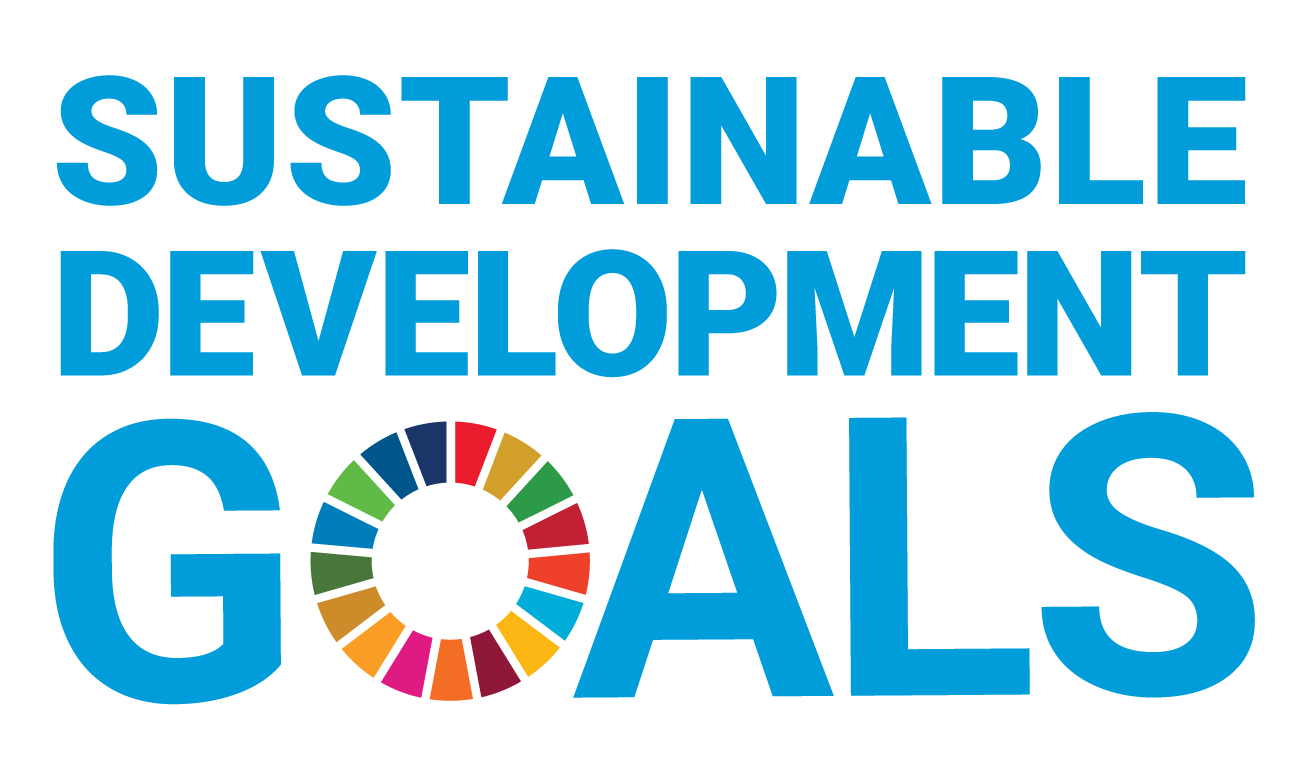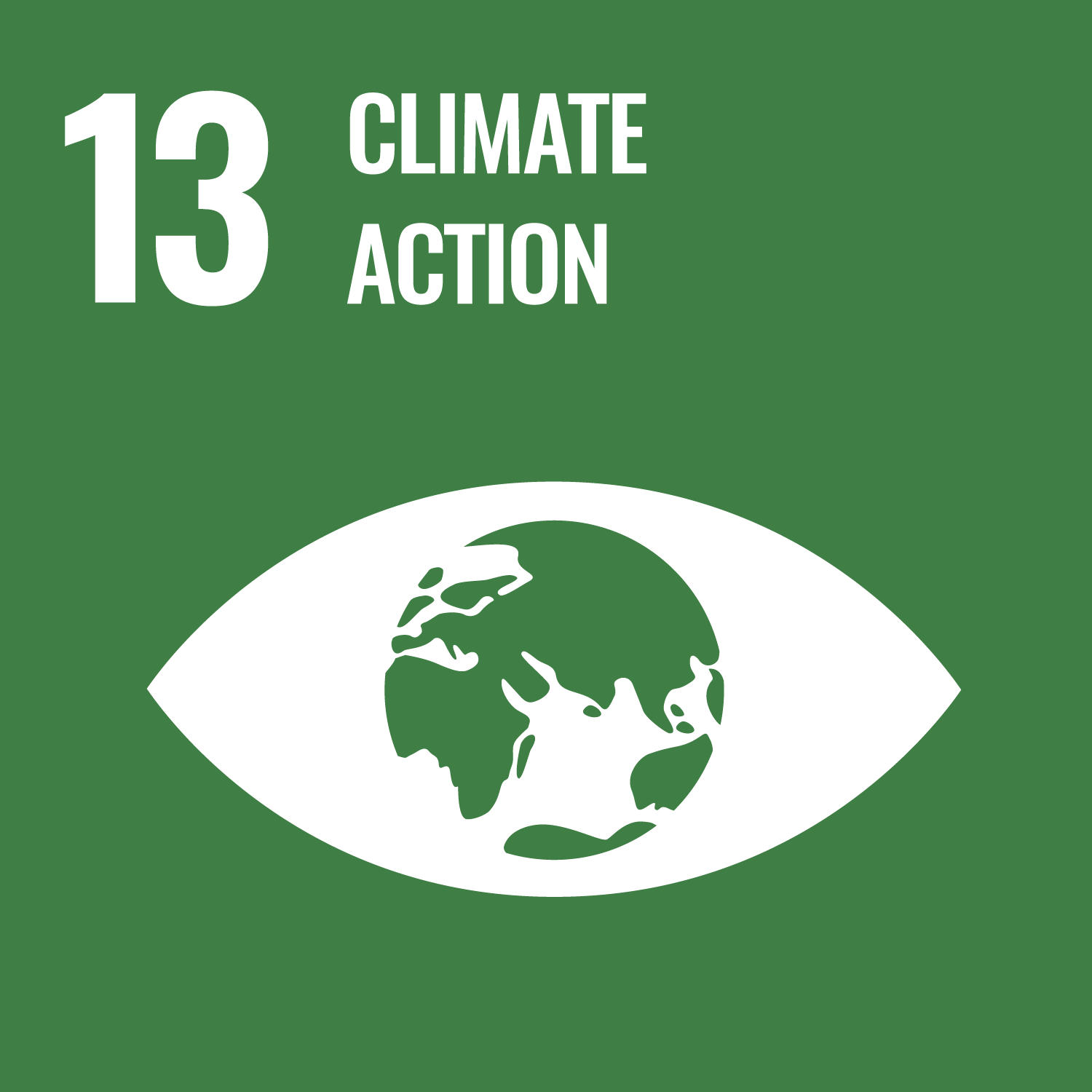New Roads to Sustainable Construction
You can search for courses, events, people, and anything else.
In Australia, more than a third of all the 54 million tonnes of waste generated each year comes from the construction and demolition sector. Much goes directly to landfill. Even when it is recycled, it is usually into low-grade applications such as road-base. Professor Vivian Tam from the School of Engineering, Design and Built Environment at Western Sydney University has an idea that could help reduce construction waste.
“It was when I was living in Hong Kong, where all the buildings are high-rise, that I thought about all the material going to landfill when they are demolished. I thought it’s a better option if we can reuse the material and save the landfill space,” says Tam.
Concrete, a mix of rubble, cement and water, is an extremely versatile material. Tam and her colleague, Associate Professor Khoa Le from Western’s School of Engineering, have developed a method to use carbon dioxide to strengthen recycled concrete aggregate. The resulting product is as strong, but cheaper than virgin concrete, and up to 29% stronger than normal recycled concrete, when tested using the Australian Standard AS1012.
Tam puts commercially available crushed recycled concrete into a pressure chamber and injects 99.9% pure carbon dioxide. This forces the calcium hydroxide in the aggregate to undergo a chemical change into calcium carbonate, “which is a good thing for concrete,” says Tam. It’s an accelerated version of the curing reaction that usually takes place over the lifetime of concrete.
She’s not the only researcher exploring the idea, but with commercial partner Volumetric Concrete Australia, she’s had some success in pouring test concrete slabs. A year later, the slabs are showing no signs of cracking or shifting and strength-test results are all clear. She believes her process delivers better economic and practical benefits compared to existing solutions and hopes that her spin-off company Ecobond will find investors as a result.
If adopted widely she says the technique could easily displace some of the 24 million cubic metres of virgin concrete used in Australia each year.
Need to know
- Much of the waste from construction and demolition goes to landfill.
- Concrete waste is usually recycled for low-grade applications.
- Western researchers have devised a way to strengthen recycled concrete aggregate using carbon dioxide.
Meet the Academic | Professor Vivian Tam
Professor Vivian W. Y. Tam is the Associate Dean (Research and HDR), Associate Dean (International) and Discipline Leader (Construction Management) at the School of Engineering, Design and Built Environment, Western Sydney University. She is nominated to the College of Expert, Australian Research Council, Australian Government. She received her Ph.D. in sustainable construction from the Department of Building and Construction at City University of Hong Kong. Her research interests are in the areas of environmental management in construction and sustainable development. She is currently the Editor-in-Chief of International Journal of Construction Management and Editor of Construction and Building Materials. She has been awarded forty-two research grants (totaled over $8 million), including five national competitive projects from Australian Research Council, Australian Government.
Related Articles
Credit
This research was supported by the Australian Government through the Australian Research Council.
© subtik/E+/Getty Images
Future-Makers is published for Western Sydney University by Nature Research Custom Media, part of Springer Nature.







